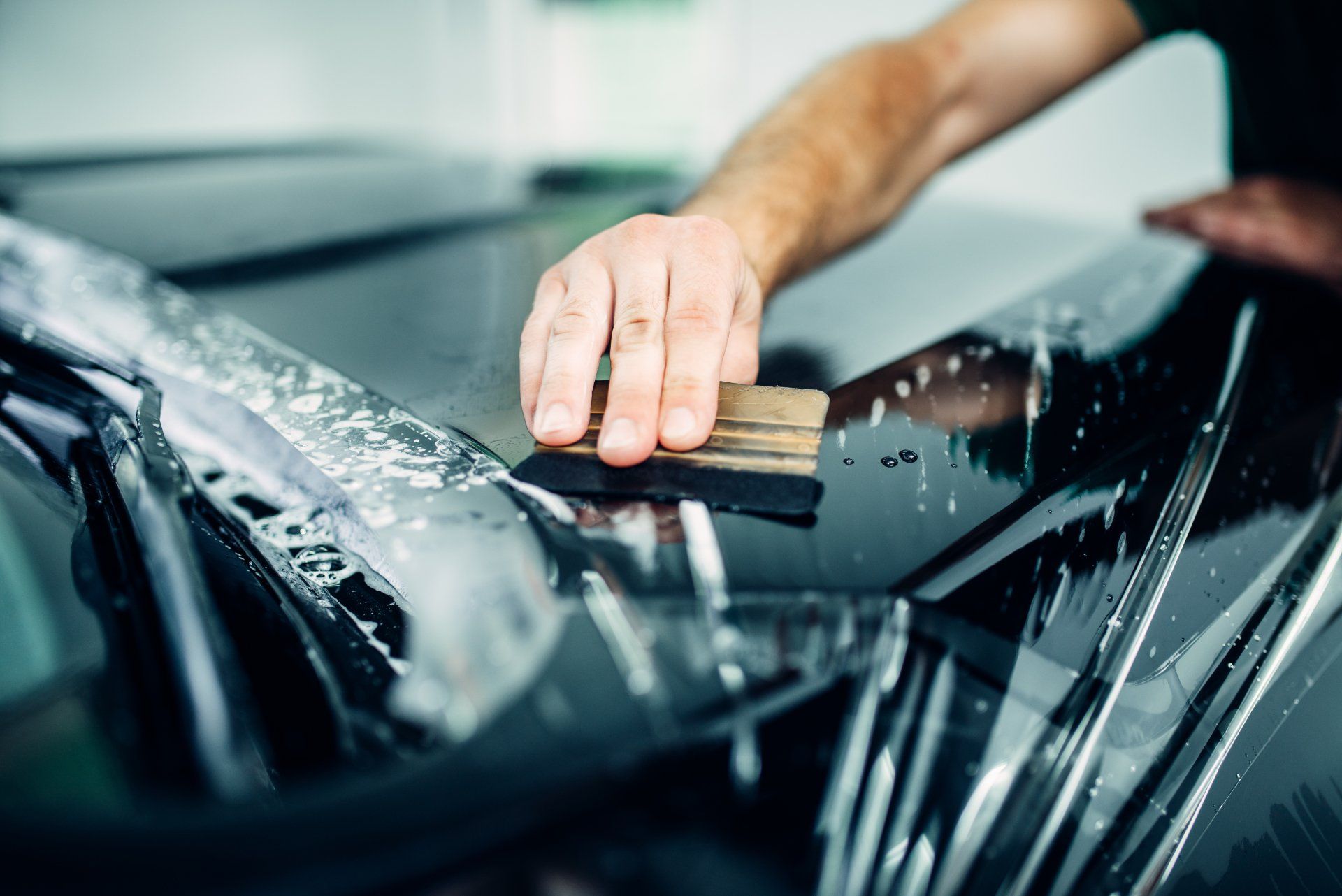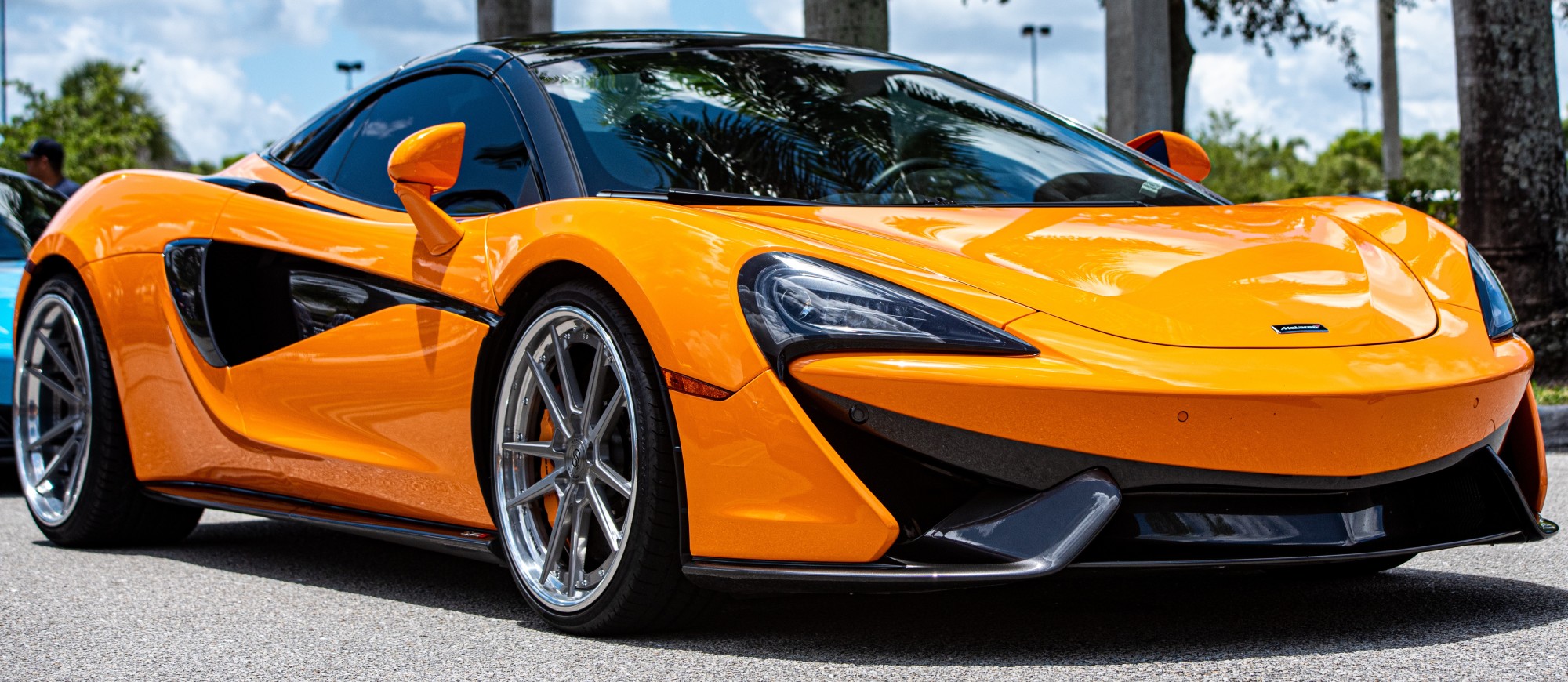How Ceramic Coating Makes Car Maintenance Simpler and More Affordable
Wiki Article
Ceramic Covering vs. Standard Wax: Which Uses Better Defense?
The argument in between ceramic covering and conventional wax for automobile security is one that benefits cautious assessment, especially in terms of toughness, resistance to environmental elements, and general upkeep needs. While ceramic coverings guarantee extended long life and superior defense against a selection of dangers, traditional wax may appeal to those looking for a more budget-friendly, albeit short-term, remedy.Review of Ceramic Covering
Ceramic covering has obtained significant appeal amongst auto enthusiasts and experts alike for its advanced protective qualities. This ingenious remedy consists of a fluid polymer that chemically bonds to the lorry's manufacturing facility paint, forming a durable layer of protection. Unlike conventional wax, which normally lasts for a few weeks to months, ceramic coatings can offer resilient defense for several years, depending upon the item used and application technique.
While the preliminary price of ceramic finish may be greater than that of traditional wax, the lasting benefits, consisting of toughness and minimized upkeep regularity, usually warrant the investment. As automotive innovation remains to develop, ceramic coatings have become a preferred selection for those looking for optimum protection and longevity for their automobiles.
Overview of Traditional Wax
The allure of typical wax lies in its simpleness and simplicity of usage, making it a popular option among auto proprietors looking for to enhance their car's appearance and supply a standard degree of defense. Usually stemmed from all-natural carnauba or artificial polymers, standard wax develops a slim protective layer over the paintwork. The application process is simple, often including a straightforward buffing with a microfiber cloth, making it available to both novice and seasoned individuals.Conventional wax products are readily available in numerous solutions, each created to cater to specific requirements, such as boosting luster or providing water beading. The adaptability of wax permits use on various surfaces, consisting of paint, glass, and also plastic trim. While the application can be done by hand or machine, the secret is to make certain a clean surface area for optimum bond.
Nonetheless, one remarkable feature of conventional wax is its reasonably brief life-span contrasted to modern alternatives. Normally providing defense that lasts from a few weeks to a couple of months, regular reapplication is needed to keep its effectiveness. In spite of these limitations, conventional wax stays a prominent selection for cars and truck fanatics that value the aesthetic improvement it offers.
Key Defense Attributes
When thinking about paint protection for cars, it's necessary to comprehend the vital functions that identify standard wax from even more sophisticated alternatives like ceramic coatings. Among the primary safety attributes of ceramic finishings is their toughness. Unlike wax, which usually lasts a few weeks, ceramic finishes can endure for numerous years, offering lasting defense against ecological contaminants.Ceramic finishings produce a hydrophobic surface, driving away water and stopping dust, gunk, and other particles from adhering to the paint. This function not only boosts the car's appearance but additionally lowers the frequency of washing. In addition, ceramic layers use remarkable UV defense, protecting the paint from damaging sun direct exposure that can result in fading and oxidation.
In comparison, standard wax provides a much more short-lived barrier versus components but lacks the resistance to scratches and chemical spots that ceramic finishes offer. While wax can boost gloss, its protective capacities are limited, specifically against harsher environmental elements such as bird droppings, tree sap, and roadway salt. In recap, the vital security functions of ceramic coverings substantially outperform those of standard wax, making them a premium choice for durable vehicle blog here treatment.
Application Process Contrast

In comparison, the application of ceramic coverings is extra complicated and time-sensitive, commonly calling for specialist support for optimal results. The automobile's surface area must be thoroughly cleansed, sanitized, and polished to eliminate blemishes prior to the covering is applied.
Inevitably, the choice in between wax and ceramic covering hinges not only on protection levels yet also on the time, know-how, and resources offered for their official source respective applications. - ceramic coating
Expense Analysis and Durability
Expense plays a substantial function in the decision-making process in between traditional waxes and ceramic coatings. Ceramic coverings usually regulate a greater upfront investment, varying from $500 to $2,000 depending upon the quality, brand name, and expert application solutions. This preliminary price can be associated to the innovative innovation and materials made use of in ceramic solutions, which provide remarkable resilience and defense.
On the other hand, conventional waxes are a lot extra affordable, typically setting you back between $20 to $100 for do it yourself applications. Nevertheless, the longevity of wax products is restricted, frequently needing reapplication every few months to preserve their safety check high qualities. This repeating expense can build up gradually, making wax much less economical in the future.
Ceramic coatings, while more expensive at first, deliver resilient outcomes, often surpassing 2 to 5 years with appropriate maintenance. This durability can offer significant financial savings in time, especially for vehicle proprietors that focus on security and visual preservation - ceramic coating. Inevitably, the choice between conventional waxes and ceramic coverings must consider both initial prices and long-term worth, factoring in the maintenance needs and desired protection level for the automobile
Conclusion
In recap, ceramic coatings supply premium defense for vehicle paint compared to conventional wax, offering improved resilience, resistance to ecological aspects, and hydrophobic residential properties. While the initial financial investment for ceramic finishes is greater, their long life and reduced maintenance needs justify the price. Eventually, for those seeking lasting automobile care and defense, ceramic coverings represent a much more effective solution than standard wax, which provides just short-term advantages.The argument in between ceramic covering and conventional wax for vehicle protection is one that merits careful evaluation, particularly in terms of toughness, resistance to ecological factors, and general upkeep requirements.When thinking about paint defense for automobiles, it's crucial to understand the key attributes that identify typical wax from more innovative choices like ceramic layers. In recap, the key security attributes of ceramic layers dramatically outshine those of conventional wax, making them a superior option for resilient lorry treatment.
Eventually, the choice in between typical waxes and ceramic finishings ought to take into consideration both preliminary prices and long-lasting worth, factoring in the maintenance needs and preferred security degree for the vehicle.
In summary, ceramic finishes supply superior security for lorry paint contrasted to traditional wax, offering improved longevity, resistance to ecological aspects, and hydrophobic properties.
Report this wiki page